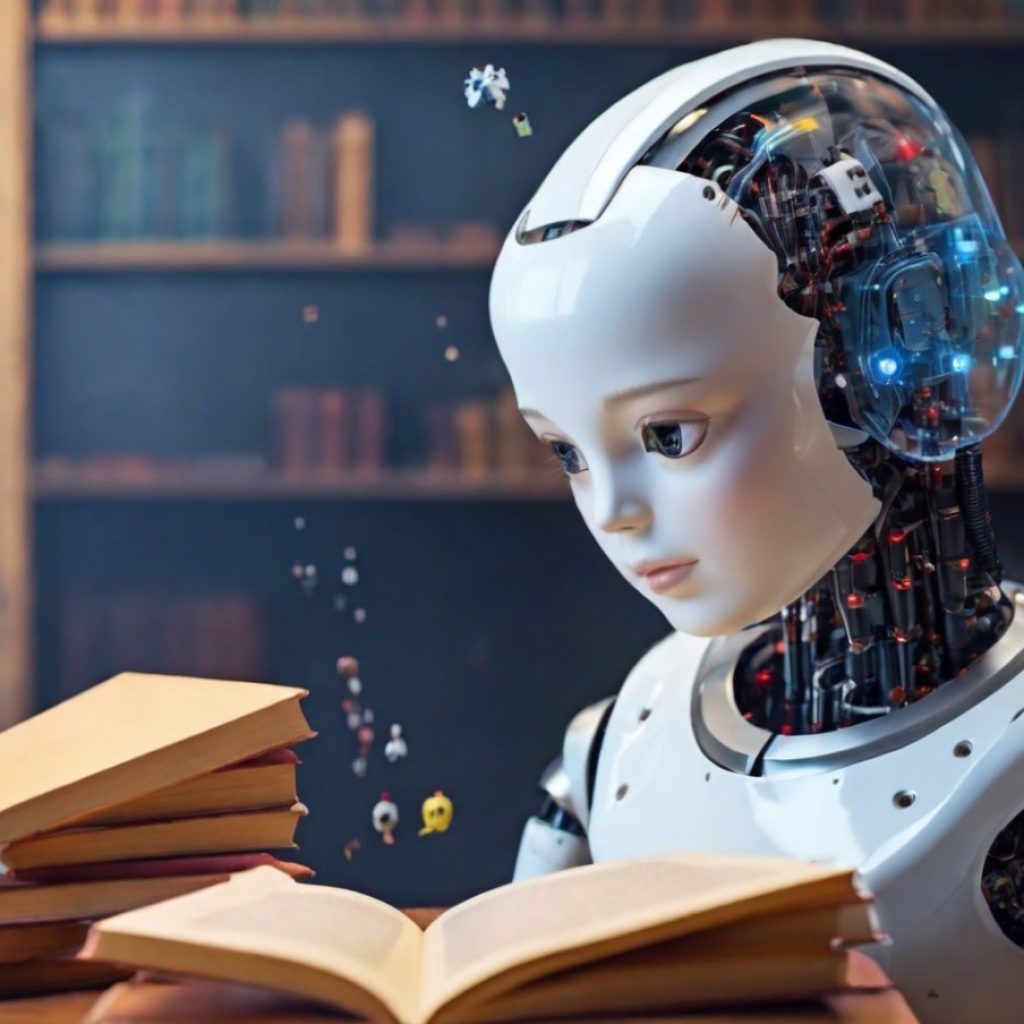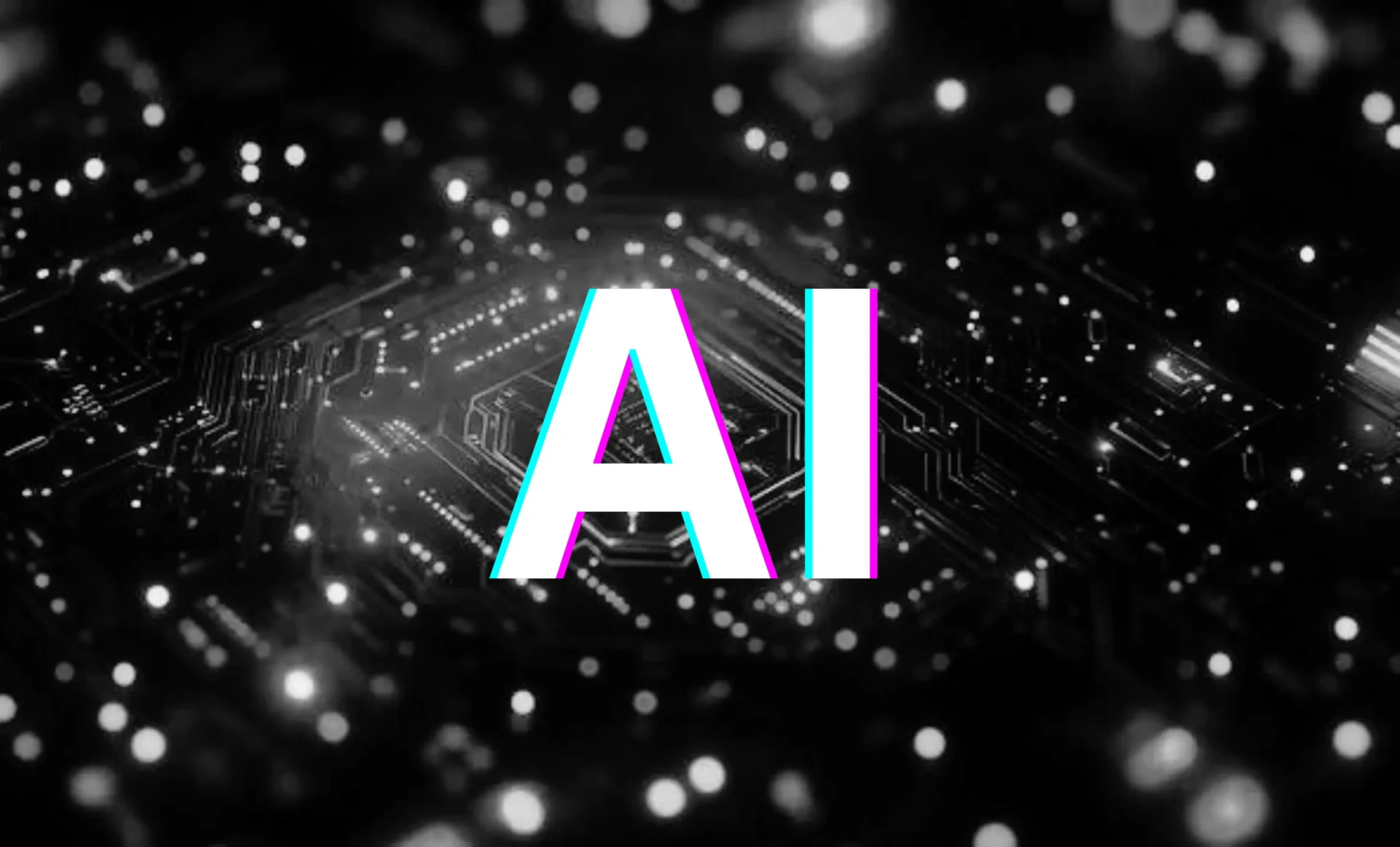In a world increasingly shaped by artificial intelligence (AI), there is a growing discourse around its ethical implications. Concerns range from the potential emergence of autonomous killer robots to worries about the displacement of human jobs. However, emerging evidence suggests that a different ethical approach centered on collaborative interactions between humans and machines holds the potential to unlock a more promising and ethical future for AI.
Redefining AI ethical concerns
The advent of AI has indeed stirred ethical concerns, but it is essential to distinguish between various AI implementations. Rather than entertaining a bleak vision of AI replacing human roles, experts advocate for a paradigm shift toward partnerships that extend and complement human capabilities rather than substituting them.
A widely circulated misconception about AI pertains to its purported replacement of human labor, resulting in widespread job losses. Yet, empirical evidence challenges this narrative. Automation does not always translate to cost reduction; in some cases, it can exacerbate inequality by eliminating low-status positions while increasing the salary demands of high-status roles. Furthermore, AI-driven productivity tools frequently motivate employees to increase their contributions to employers rather than reduce them.
Mixed autonomy: A path to collaboration
The concept of mixed autonomy, characterized by collaboration between humans and robots, is gaining prominence in AI discussions. For example, self-driving cars navigate alongside human drivers, offering a practical instance of mixed autonomy. Nevertheless, it’s essential to be mindful of the potential unintended consequence of this approach—where humans might be assigned repetitive, monotonous tasks, colloquially referred to as “ghost work,” with the hope that AI will eventually eliminate such roles.
Harnessing the power of human-robot teams
Robust human-robot teams exemplify the most promising AI implementations. In these synergistic collaborations, robots are entrusted with inherently unsafe tasks for humans, such as minesweeping, search-and-rescue missions, space exploration, and deep-sea operations. The amalgamation of human and machine capabilities generates a potent and harmonious partnership.
Human-robot teamwork transcends mere cooperation; it capitalizes on each party’s distinct strengths. For instance, humans stationed on Mars are limited to observing dimly lit, dusty terrain, whereas AI-equipped rovers can “see” infrared wavelengths of light, producing vivid false-color images. Nevertheless, it is crucial to underscore that the AI within rovers is not independently capable of generating scientific discoveries; it relies on collaboration with human scientists to interpret the data effectively.
Ethical considerations in data handling
A central ethical challenge in AI revolves around data acquisition and usage. Generative AI, in particular, has ignited concerns as it is often trained on the creative work of artists and writers without their explicit consent. Commercial datasets frequently exhibit biases, and AI systems, such as ChatGPT, may inadvertently generate inaccurate or biased responses, resulting in real-world consequences such as legal disputes and racial profiling.
An intriguing facet of AI in robotics is its concentration on the physical world rather than societal dynamics. Robots deployed on missions to celestial bodies, such as Mars, heavily rely on visual and distance data for navigation and task execution. This inclination towards the physical realm bypasses several ethical dilemmas typically associated with AI in social contexts, including surveillance, bias, and exploitation concerns.
The ethics of emotional connections
One noteworthy development arising from human-robot collaboration is the formation of emotional bonds between humans and machines. Soldiers, for instance, may experience a sense of mourning when drones are lost on the battlefield, and families often attribute names and personalities to household robots. This sense of attachment goes beyond mere anthropomorphism; it emerges from daily interactions, shared achievements, and mutual responsibilities.
In sectors where AI could potentially supplant human roles, there exists room for innovative approaches to enhance human capabilities through collaboration with AI. Script-writing teams could benefit from artificial agents adept at instant cross-referencing. Artists might harness AI as a creative tool while retaining recognition for their work. AI-assisted software teams could streamline communication and error detection during code compilation.
Embracing collaboration for ethical AI
The notion of AI completely replacing human roles, often referred to as the “replacement myth,” represents just one possible trajectory for AI and society. In an era marked by technological advancement, experts and stakeholders have the opportunity to embrace an ethical vision—one where partnerships between humans and machines are celebrated for their capacity to enhance human abilities rather than diminish them. By prioritizing collaboration, society can chart a more compassionate and prosperous course in the evolving landscape of AI.





